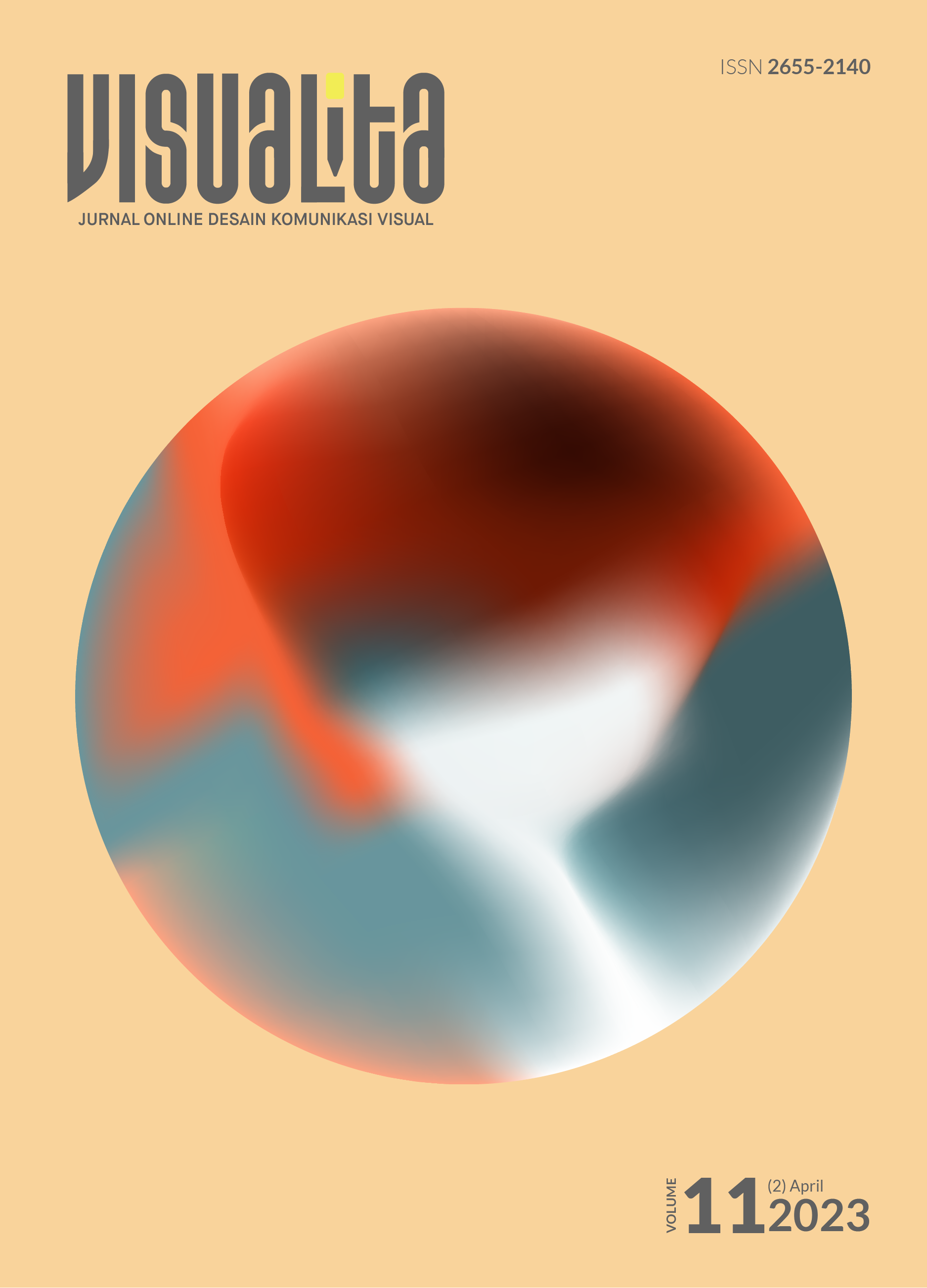Persepsi Emosi dalam Iklan HomePod yang Disajikan Melalui Visual Storytelling
DOI:
https://doi.org/10.34010/visualita.v11i2.8849Keywords:
emotional perception, advertising, visuals, storytellingAbstract
Advertising presentations sometimes only show a problem and solution related to the advertised product. The storytelling aspect of advertising becomes an important factor, it can make the audience feel involved and immersed in the story being conveyed, so that the advertising message is easier to deliver and remember by the audience. The use of inappropriate visuals can make advertising less effective in influencing the audience's decision, and may also be irrelevant to the audience. With the presence of emotions that can create a connection with the audience and influence their decision to buy the advertised product or service. Advertising that uses emotions appropriately can be more effective than advertising that only focuses on rational information. The method is applied by analyzing several sources such as advertisements, journals, and books. The aim is to find out the relationship between visual, storytelling, and emotion in advertising. Techniques such as storytelling and visual can enhance the effectiveness of advertising in delivering messages and influencing the emotions of the audience. Emotional perception also affects purchase decisions. Effective advertisements can influence consumer trends or purchasing decisions.
Downloads
Downloads
Published
Issue
Section
License
Authors who publish with Visualita agree to the following terms:
- Authors retain copyright and grant the journal right of first publication with the work simultaneously licensed under a Creative Commons Attribution-NonCommercial 4.0 International License.
- Authors are able to enter into separate, additional contractual arrangements for the non-exclusive public distribution and display of the journal's published version of the work (e.g., post it to an institutional repository or publish it in a book), with an acknowledgement of its initial publication in this journal.
- Authors wishing to include items (such as images or other media, or any creative works of others whether previously published or not) must contact the original copyright holder to obtain explicit permission to publish these items in Visualital. Writing permission should include: the title(s) of any copyrighted work, original place of publication if applicable, and an acknowledgement of having read Visualita copyright notice. Authors are responsible for obtaining this permission and keeping it in their own records for later verification.






